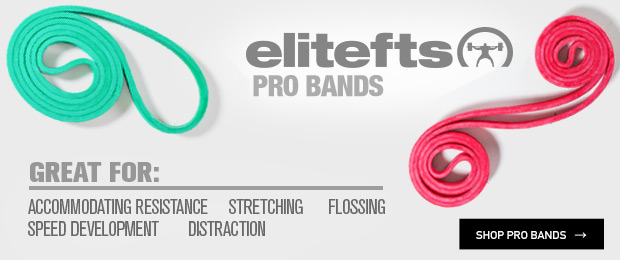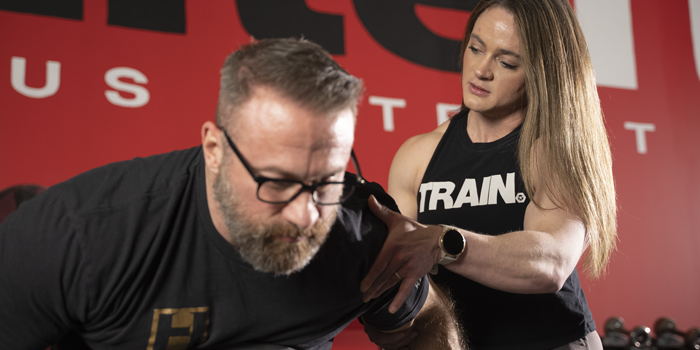
Driving your body into extension through your hips and back while revving your body into top gear while you squat, deadlift, sprint, fight, and jump is a necessary aspect of high-end performance. Activating the sympathetic side of your autonomic nervous system and going into fight or flight mode is a very real and necessary part of most athletic endeavors. An extended position and sympathetic activity often go hand in hand. Imagine what you would do with your bodily reaction if a lion plowed through a wall at you right now. The same kind of adaptation can occur with any stressor, whether physical or mental.
The Effects of Sitting A Lot
In another scenario, many people who sit a lot and tend to have a slouched posture with rounded shoulders. They'll often try to “fix” their poor positioning by trying to “open up” their shoulders and the front side of their bodies. While the intentions are good, many people confuse the following positions and create further problems.
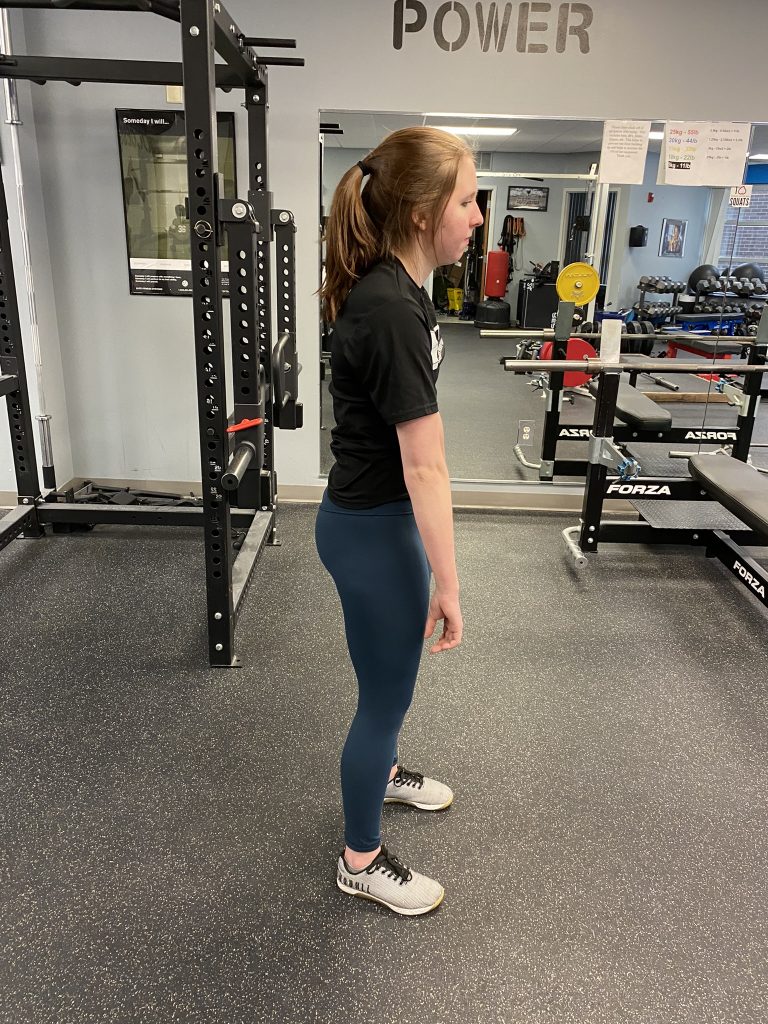
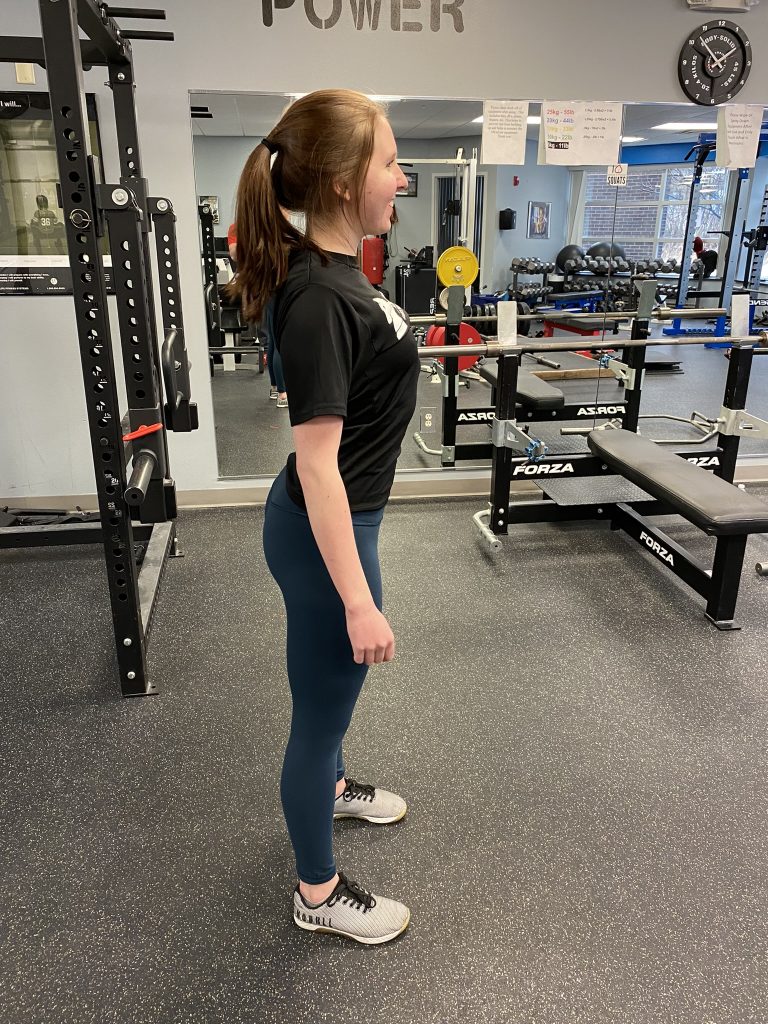
Many people will overextend and sway their thoracic spine backward (as seen in the second picture). As you can see, it's a misguided attempt to open things up from the situation in the first picture. Note that the shoulders are still rounded forward at both the scapular and glenohumeral joints in this position.
The swayed backward position typically coincides with poor breathing mechanics, overactive back musculature, and a false lack of full overhead motion. Since the shoulder joint is not centrated, due to the offset rib and scapular position, the head of the humerus runs out of room before getting to the top of the overhead motion (picture 3). Breathing facilitates more rib flare and extension with inhalation and shallow exhales.
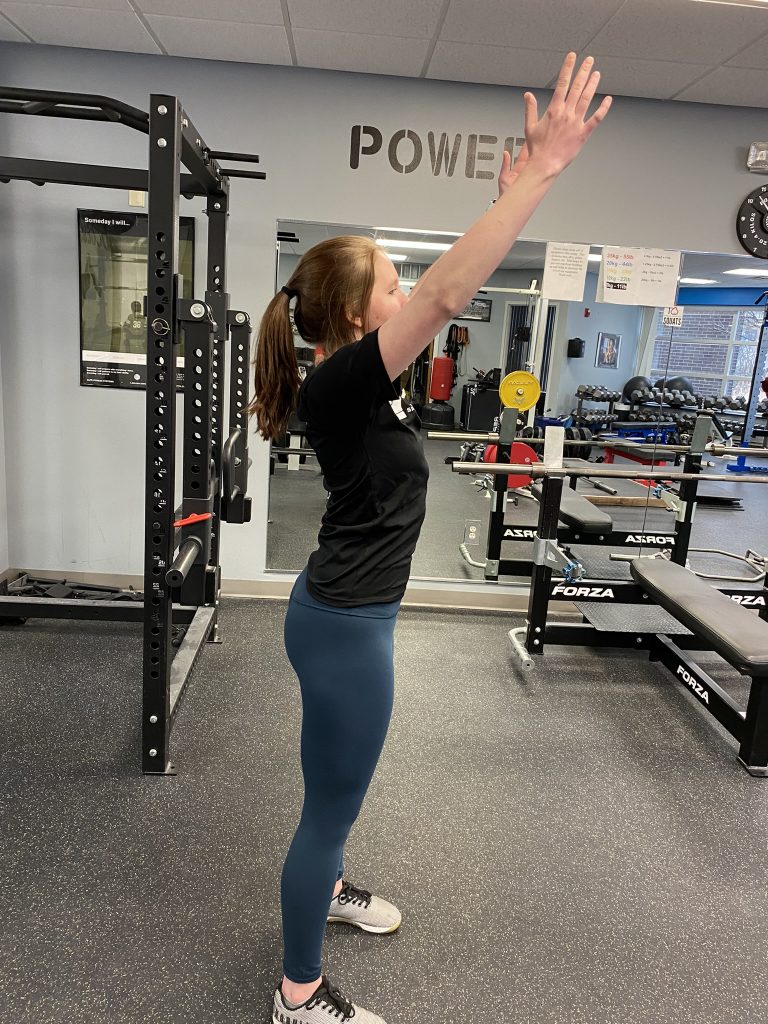
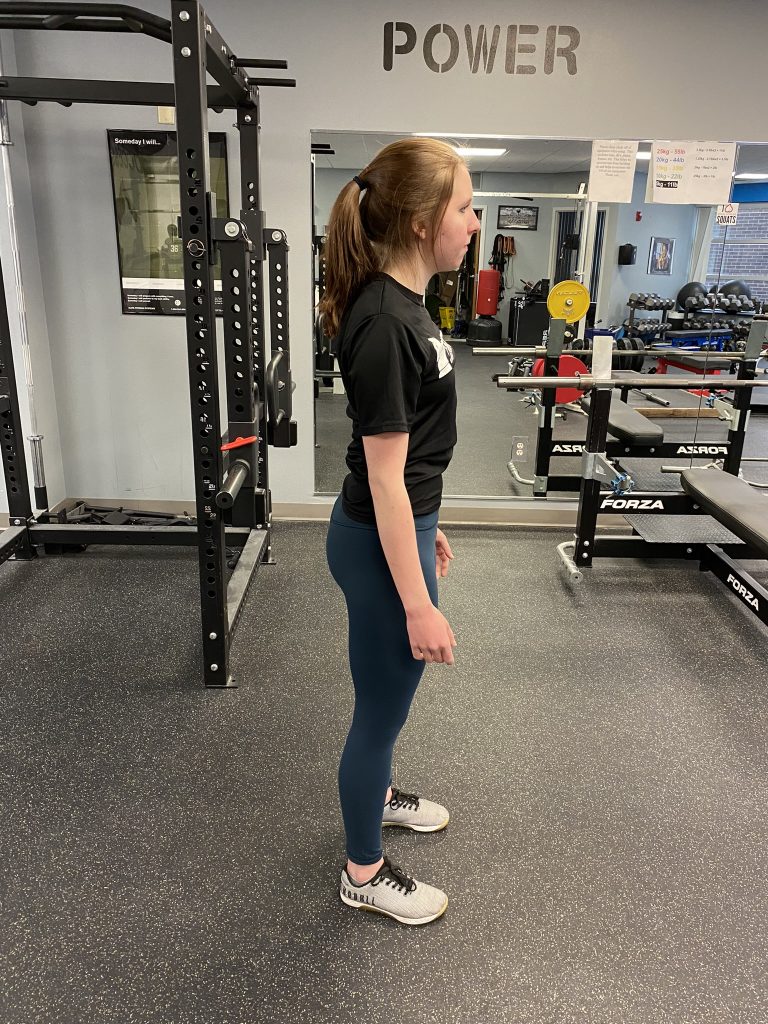
There is a big difference between the position here. Picture 4 shows level ribs and neutral/”open” shoulders. Pictures 2 and 3 are the positions of misguided efforts. You can see the flared ribs and extended thorax with shoulders that are still flexed forward/”closed.”
Regardless of whether we are stuck in sympathetic extended mode from amped up training, the Prius driving under the speed limit in front of you on that single lane road, our favorite cereal being discontinued (damn you Kelloggs for ruining and then getting rid of Rice Krispies Treats Cereal), or sitting for 27 hours a day week after week, we can end up in a similar position to picture 2 above. It can also be a mixture of things depending on the person.
MORE: A Case for Directly Training the Hip Flexors
The Gym Promotes Extension
Many of the things we do in the weight room drive and promote more extension. While this is fine when lifting or competing, doing something to maintain a balance between extension/sympathetic positioning and flexion/parasympathetic positioning can go a long way in promoting better recovery, movement, back health, and postural resting position.
Driving the ribs back down and promoting some thoracic flexion, getting the low back to ease any excessive arching, and the hips to come back in while getting some full and efficient breathing to calm down the nervous system can fuel better recovery, position, and movement.
So what do we do to promote some balance and make these things happen?
Exercises that promote:
- Posterior pelvic tilt to help pull the low back out of an excessively arched position
- Adductor engagement to help bring the hips back “in”
- Anchoring of the ribs up front
- Expansion of the posterior ribs with breathing
- Restoration of some thoracic flexion
In the case of an overextended athlete, we are not looking to take away the adapted position completely, as it is an adaptation that helps athletes do what they do. We are simply looking to provide enough balance to keep things healthy and efficient, making it easier to recover by tapping into the parasympathetic nervous system and calming down tension and tone in the back.
In the case of the desk worker, that adaption in the thorax is likely to be slightly different. The desk worker tends to be more locked in. For the most part, we want to rewire their failed attempt to correct their slouched posture.
6 Exercises to Improve Posture (and Recovery)
Here are a few exercises to effectively get the job started.
4-Point Breathing
The key with these is to get your upper back/posterior rib cage to expand as you take each inhale and to engage your abs to pull your pelvis back under you. Getting the posterior ribs to expand into this “dome” will help drive the ribs back down in the front while the low back tone calms down with the posterior pelvic tilt.
Additionally, the serratus anterior muscles also pull the ribs back down and in. Doing this basic variation works fine on its own, while the following progressions can add in some more difficulty to challenge all of the above-mentioned components.
4-Point Breathing w/ Knee Lift
This variation will challenge the abs a ton and help pull the pelvis out of anterior tilt and low back out of extension even more.
4-Point Breathing w/ Alternating Reach
This variation will challenge shoulder and scapular stabilization more while promoting side-to-side alternation.
These all work well for 2 to 3 sets of 8-10 breaths.
Band Wall Reaching
This is another great exercise to promote posterior rib expansion and get out of extension after lifting heavy. Band Wall Reaching helps drive apical expansion by promoting airflow into each chest wall.
In the case of this video, we are training the left serratus and left oblique to work with the left side of the diaphragm to help drive air into the right chest wall along with some right thoracic rotation as we reach and inhale with the left hand.
The left serratus also helps to pull the left ribs down and in at the same time that it pulls the scapula over the ribs into protraction. The right reach and exhalation then solidify the right ribs and scapula on top of this newly opened position, driving tension out of the system while steering the sternum left, helping to set up the next inhale and reach.
Leading and reaching with the right upon inhalation will help open up and turn the opposite way. I tend to do more with the left lead as shown in this video since my right chest wall tends to be less open than my left. My right shoulders and ribs tend to turn in and sit lower than my left (common for many people).
Training this alternating thorax and rib rotation is another huge benefit here. These are all important things to train for many people, especially for lifters, since they provide some countering and balance to all of the extension, scapular retraction, and sagittal bias of compound lifts typically performed.
You can feel things “unwinding” as you do these. Thank you to the Postural Restoration Institute for turning me onto these concepts.
These work well near the end of the workout for 3 to 6 sets of 6-8 reaches.
90/90 Balloon Breathing
With this drill, the position will help to stack your ribs and pelvis over one another. In this position, it'll help to line your diaphragm up to get optimal breathing going.
Getting the adductors and certain pelvic floor muscles engaged with the ball squeeze, along with using the hamstrings to help tilt the pelvis under as your low back pushes into the floor, all help to calm down the low back and lateral hip tone, an extended posture and sympathetic dominant nervous system.
Exhaling into the balloon and pausing helps to train and strengthen full exhalation while driving the flared ribs back down. It'll promote a better thoracic position—a shift into the parasympathetic nervous system and a much more full inhale.
Do a couple of short and sweet rounds of four breaths before your warm-up to help instill a better position. You can also do five to ten minutes of relaxed, deep breathing after a workout or on a recovery day. This work will help calm things down and improve restoration work.
Inhale through your nose, exhale through your mouth into the balloon, and pause before the next inhale.
In the case of the desk worker, following up a series or block of exercises like this with upper back exercises like rows, face pulls, and W’s WHILE keeping the ribs level can go a long way into building that neutral postural positioning.
These can also help anyone else with similar over-extension issues by building upper and mid-back strength and stability while in the correct position.
Rib Positioning
Give these exercises a shot! Enjoy your improved movement and recovery, along with better moods when getting stuck behind that Prius in traffic.
Nick Rosencutter is the founder and owner of Rosencutter Ultra Fitness & Performance in Greenfield, WI. Nick is a Certified Strength and Conditioning Specialist and Certified Personal Trainer through the National Strength and Conditioning Association. He is also a Licensed Massage Therapist and Full Body Level 2 Active Release Techniques provider with Elite Provider designation. Nick heads up strength and conditioning at Greendale High School and regularly trains and consults with youth to elite-level Olympic speed skaters.










